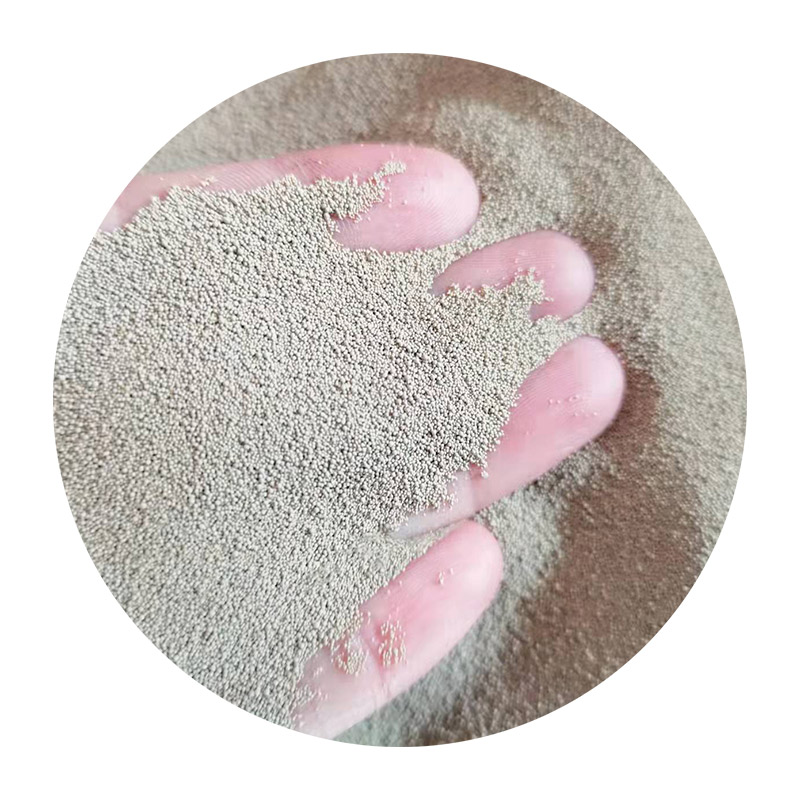How Accurate is Sand Casting?
Sand casting is one of the oldest and most versatile manufacturing processes used in the foundry industry. It involves creating a mold from a sand mixture to produce metal parts. The popularity of sand casting can be attributed to its relatively low cost and the ability to cast complex shapes. However, a crucial factor that determines its application in various industries is the accuracy of the final product. This article explores how accurate sand casting is, along with the factors influencing its precision, the methods to improve accuracy, and its applications.
Understanding Sand Casting
The process of sand casting begins with the creation of a sand mold. Sand is mixed with a binding agent, typically clay, and water, which provides the necessary structure to hold the desired shape. Once the mold is formed around a pattern (the positive representation of the part to be cast), the pattern is removed, and molten metal is poured into the cavity. After cooling, the mold is broken to reveal the finished casting.
Accuracy in Sand Casting
The accuracy of sand casting can be defined in terms of dimensional tolerance and surface finish. Generally, the dimensional accuracy achieved through sand casting can range from ±1/16 inch to ±1/8 inch. However, this can vary based on the type of sand used, the complexity of the part, and the skill of the operator. While sand casting does not typically achieve the precision of methods like investment casting or die casting, it is often sufficient for many industrial applications.
Factors Affecting Accuracy
Several factors influence the accuracy of sand castings
1. Mold Quality The quality of the sand mold plays a significant role in determining the accuracy of the casting. Any defects or inconsistencies in the mold can lead to dimensional errors in the final product. Proper compaction of the sand is crucial to minimize mold expansion and shrinkage.
2. Pattern Design The design of the pattern is critical. Patterns are often designed larger than the final part to accommodate for shrinkage during cooling. If a pattern is inaccurately made, it can result in discrepancies in the final dimensions.
3. Metal Properties Different metals and alloys have varying thermal expansion coefficients, which can impact how they solidify inside the mold. This, in turn, affects the final dimensions of the casting.
4. Cooling Rate The rate at which the molten metal cools can cause warping or additional shrinkage. Uniform cooling is essential to maintain accuracy, and methods like chills can be used to control cooling rates.
how accurate is sand casting

5. Human Factors The skill and experience of the foundry workers significantly contribute to the accuracy of sand casting. Experienced operators can control the process more effectively, leading to better outcomes.
Improving Accuracy
To enhance the accuracy of sand casting, several measures can be implemented
- Advanced Sand Mixtures Utilizing high-quality sand and specialized binders can produce more consistent molds. This reduces the likelihood of defects and improves the dimensional stability of the mold.
- Precision Pattern Making Investing in precision machining for patterns can improve the fidelity of the mold, reducing the need for post-processing corrections.
- Adaptive Cooling Techniques Employing techniques that control the cooling rate of the metal can mitigate shrinkage and warping, leading to better dimensional precision.
- Quality Control Measures Implementing rigorous quality control checks at each stage of the casting process helps in identifying potential issues early and ensures that the final product meets specifications.
Applications of Sand Casting
Despite its limitations in precision compared to other methods, sand casting remains widely used in various applications, including
- Automotive Industry Production of engine blocks, transmission cases, and other critical components. - Aerospace Manufacturing airflow components and structural parts. - Art and Sculpture Creating intricate designs and sculptures due to its versatility in producing complex shapes.
Conclusion
In summary, while sand casting is not the most precise casting method available, it strikes an impressive balance between cost, versatility, and accuracy for a wide range of applications. With careful consideration of the influencing factors and the use of modern techniques, many industries continue to rely on sand casting for their production needs. Understanding its capabilities allows manufacturers to effectively apply this timeless technique while optimizing for accuracy and quality.
Post time:Oktoba . 21, 2024 19:03
Next:Understanding the Cost Factors of Sand Casting Processes for Efficient Budgeting
